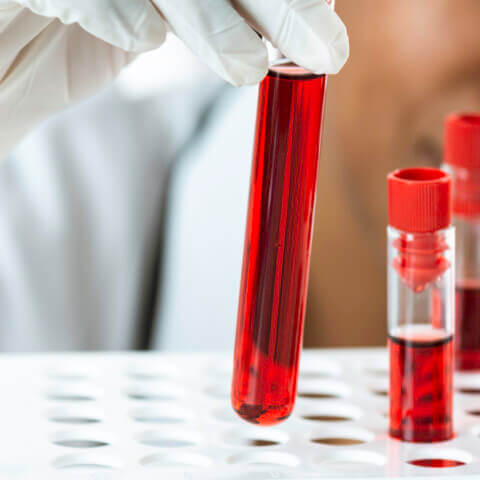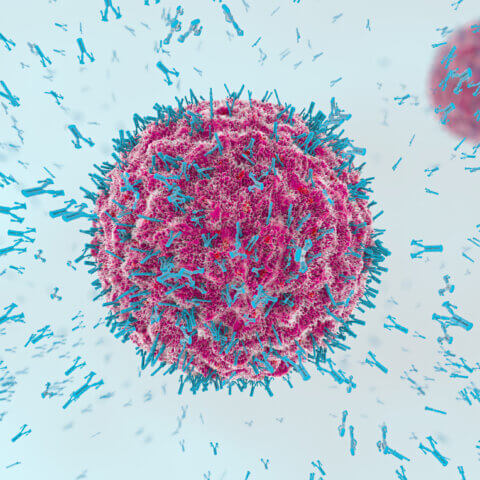In recent years, the number of approvals for combination products and 505(b)(2) applications has been rising. Combination products consist of at least two constituent parts, each subject to its own statutory and regulatory requirements. Unlike fixed-dose combination therapies, which consist of drug-drug combinations, combination products can include any of the following:
- A drug and a biologic; for example, a therapeutic drug combined with a monoclonal antibody
- A drug and a device, such as an insulin injector pen
- Two drugs and a device; for instance, a metered-dose inhaler
The U.S. Food and Drug Administration (FDA) has indicated that a single application is appropriate for marketing approval of combination products as determined by the product’s primary mode of action (PMOA), which is the primary mechanism through which a combination product exerts its clinical effect (e.g., chemical versus mechanical).[1]
This blog post provides background on the regulatory submission and approval process for combination products and explores how developers may use a streamlined NDA process known as the 505(b)(2) pathway to reduce the size and/or scope of the nonclinical and/or clinical program for eligible combination products.
Regulatory process for combination products
Combination products are assigned to an FDA center or a lead center that will have primary jurisdiction for its premarket review and regulation. The assignment to a center with primary jurisdiction is based on the determination of the combination product’s PMOA. If the PMOA is unclear, a sponsor may submit either a request for designation (RFD) to obtain a binding classification and center assignment or a non-binding Pre-RFD to obtain informal feedback relating to the classification and center assignment.1,[2]
For instance, sponsors should submit a new drug application (NDA) or an abbreviated NDA (ANDA) for a combination product to the Center for Drug Evaluation and Research (CDER) if the PMOA is related to a drug constituent part. Certain combinations might be eligible for the 505(b)(2) pathway if the active moiety is the same as a previously approved drug but the dosage form or route of administration differs.
Overview of the 505(b)(2) pathway
The 505(b)(2) pathway is an NDA process in which the applicant relies on one or more investigations that were not conducted by the applicant and for which the applicant has not obtained a right of reference.[3],[4] In essence, this pathway allows the applicant to leverage existing information, such as literature or approved product labeling, to meet regulatory requirements without having to repeat previously performed development work, as long as a scientific bridge is established.
Using the 505(b)(2) pathway for approval of combination products
A developer can streamline the premarket review of a combination product in instances where there is existing data on the safety or effectiveness of its constituent parts or the combination as a whole. By leveraging existing information, sponsors can use the 505(b)(2) pathway to reduce the number and size of studies needed for a combination product’s regulatory approval, lowering costs and accelerating time to market.
For instance, a 505(b)(2) application may be appropriate for an inhaler co-packaged with a corticosteroid if (a) the drug component has already been approved as an oral tablet and (b) the developer seeks to rely on the FDA’s finding of safety and effectiveness for the tablet dosage form in seeking approval of the combination product formulated for the new route of administration (inhalation). To do this, the developer must establish a scientific bridge demonstrating that reliance on the oral tablet product is appropriate. Any differences between the proposed and relied-upon products must be supported, and the applicant must comply with additional requirements.1
One example of a combination product that received approval via the 505(b)(2) pathway is Narcan® (naloxone hydrochloride; NDA 208411) nasal spray. In this case, the same sponsor cross-referenced the efficacy and safety information from its own Narcan® injectable product (Naloxone Hydrochloride Injection, USP; NDA 016636) to streamline the drug development pathway for the intranasal product.[5]
Considerations for drug-device combinations
For drug-device combination products, developers need to conduct much of the testing required for a 505(b)(2) approval with the complete combination product and submit device-specific information in certain application modules. For example, the quality section will likely need to include the quality manual, device specifications, and details on the manufacturing process.
Key takeaways
When developing a combination product, developers should map out their regulatory strategy as early as possible and share it with the FDA for feedback at a pre-investigational new drug application (pre-IND) or pre-submission meeting, depending on the center with primary review jurisdiction. Given that most combination products present unique safety and efficacy concerns, ensuring that the FDA agrees with a sponsor’s proposed overall drug development program is essential. Agency feedback can also help a sponsor estimate the scope of work required to optimize the likelihood of product approval.
The FDA offers extensive information on combination products and has published various guidance documents on the subject, including guidelines on writing a request for designation and requesting feedback. Camargo, A Division of Premier Research, is a recent acquisition that enhances and strengthens Premier Consulting in product planning, development, and differentiation services, including 505(b)(2) product development. Learn more about our product development strategy and services.
[1] U.S. Food and Drug Administration. Principles of Premarket Pathways for Combination Products. February 2019. Available at https://www.fda.gov/files/guidance%20documents/published/Principles-Premarket-Pathways-Combination-Products-guidance.pdf.
[2] U.S. Food and Drug Administration. How to Prepare a Pre-Request for Designation (Pre-RFD). February 2018. Available at https://www.fda.gov/media/102706/download.
[3] U.S. Food and Drug Administration. Determining Whether to Submit an ANDA or a 505(b)(2) Application. May 2019. Available at https://www.fda.gov/regulatory-information/search-fda-guidance-documents/determining-whether-submit-anda-or-505b2-application.
[4] U.S. Food and Drug Administration. Applications Covered by Section 505(b)(2). December 1999. Available at https://www.fda.gov/regulatory-information/search-fda-guidance-documents/applications-covered-section-505b2.
[5] Center for Drug Evaluation and Research. Narcan Nasal Spray (naloxone hydrochloride) [Summary Review for Regulatory Action]. November 2015. Available at https://www.accessdata.fda.gov/drugsatfda_docs/nda/2015/208411Orig1s000SumR.pdf.




